

Creative DIY projects and modern home improvement trends have captivated homeowners and tenants across the UK, offering resourceful ways to personalise living spaces while embracing both aesthetics and functionality. This movement is about far more than weekend crafting; it’s a blend of smart upgrades, upcycling, and design-led renovations that reflect current styles and sometimes astonishing resourcefulness. From inventive uses of common materials to sophisticated reinterpretations of classic British interiors, this world continues to surprise and inspire those aiming to redefine their homes with a touch of personality.
In the heart of the United Kingdom, the appetite for hands-on renovations and unique décor transformations is stronger than ever. The backdrop of rising housing costs, renewed focus on sustainability, and a push toward smaller, more energy-efficient dwellings has accelerated interest in both clever DIY hacks and emerging trends in home improvement. British households are increasingly using accessible products and digital communities to collaborate and innovate, blurring the boundaries between hobbyist and design aficionado in the process.
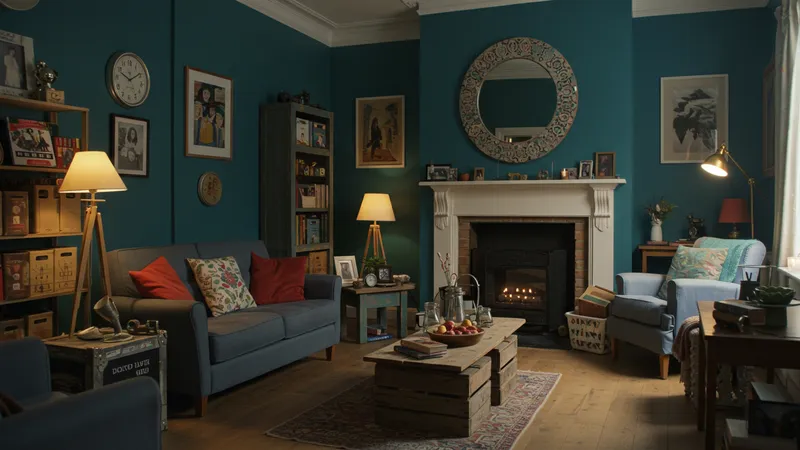
Each of the listed DIY essentials and trending upgrades reflects the UK’s enthusiasm for practical yet stylish home transformations. For example, IKEA hacks have become a staple among British renters and owners, allowing customisation on a reasonable budget. Using a simple BILLY bookcase or KALLAX shelving unit, creative Britons design bespoke cupboards or statement pieces, considering both function and flair.
Power tools from trusted brands like DeWalt and Makita underpin deeper renovations, while bold paint shades from Farrow & Ball signal the nation’s openness to richer, characterful interiors. Even small-scale hardware solutions, such as GripIt fixings, enable safe mounting in quirky Victorian walls—common in UK homes. Meanwhile, smart lighting (Philips Hue, Hive, LIFX) and under-bed storage show the direction of tech-savvy and space-conscious trends, responding to the challenges of compact urban living.
The emergence of upcycled furniture points to both sustainability and individuality. Shoppers and creators alike explore platforms like eBay for unique, repurposed pieces, bringing history and craftsmanship into modern rooms. Additionally, the growing interest in thermal insulation kits reflects concerns about energy efficiency—a central topic in British daily life. Complementing these are geometric tile splashbacks, which add artistic expression and easy-to-clean practicality in kitchens.
As more people in the United Kingdom invest in their immediate surroundings, the fusion of DIY culture and home improvement innovation reveals a landscape driven by imagination, practicality, and shifting national priorities. On the next page, we’ll explore how these trends influence budgets, local craftsmanship, and the environmental impact of British homes. The deeper details reveal even more valuable insights ahead…
Navigating the cost of creative DIY projects and the newest home improvement trends is a key concern for UK homeowners and tenants. Budgeting can vary significantly depending on materials and the complexity of a project. A clever IKEA hack might require only a modest investment, while integrating smart lighting solutions could stretch budgets further. Many British households plan in advance, comparing product ranges and seeking seasonal sales or second-hand finds to keep costs in check.
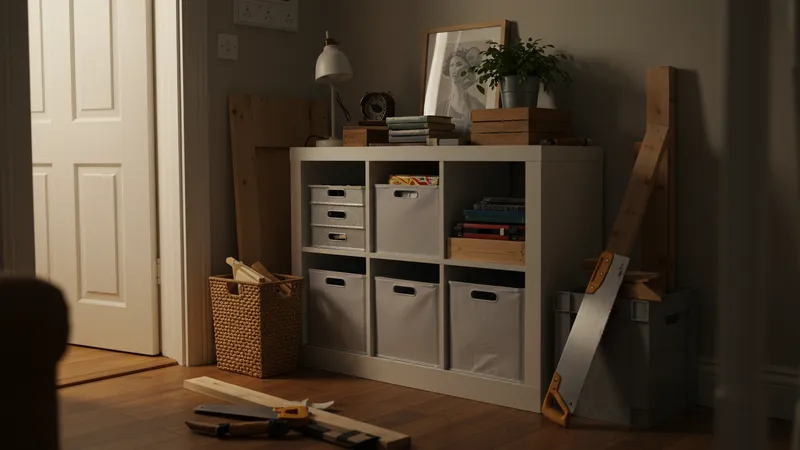
Value isn’t just about the initial spend, however. Expanding a modest budget through upcycling or clever material choices delivers lasting benefits. For example, repurposing a KALLAX unit for hallway storage brings increased utility to small spaces without major spend, while investing in a universal handsaw extends usefulness across countless future projects. These choices show how Britons look for enduring value, factoring in both upfront price and long-range utility.
Crowdsourced platforms and online communities based in the UK have fostered remarkable sharing of cost-saving strategies. Enthusiastic DIYers swap tips about affordable tools, reliable local suppliers, or ways to refurbish existing furnishings, reducing the need for fully new purchases. This cooperative approach is visible in both urban flats and rural cottages, uniting participants in a nationwide effort for budget-conscious improvement.
Labour costs for professional installation or specialist skills often prompt a ‘do it yourself’ mindset. By mastering key skills—like using GripIt wall fixings or applying geometric tiles—individuals avoid high external charges. This self-reliance has become a part of modern British home identity, blending resourcefulness with a quest for personalisation and cost management.
Maximising space has long been a hallmark of successful DIY projects in the United Kingdom, where compact living—especially in city settings—demands intelligent design. Innovative under-bed storage systems offer a sleek solution for flats with limited closet space, while modular shelving and bespoke storage hacks inspired by IKEA designs allow for surprising versatility in awkward corners or on sloping walls found in older properties.
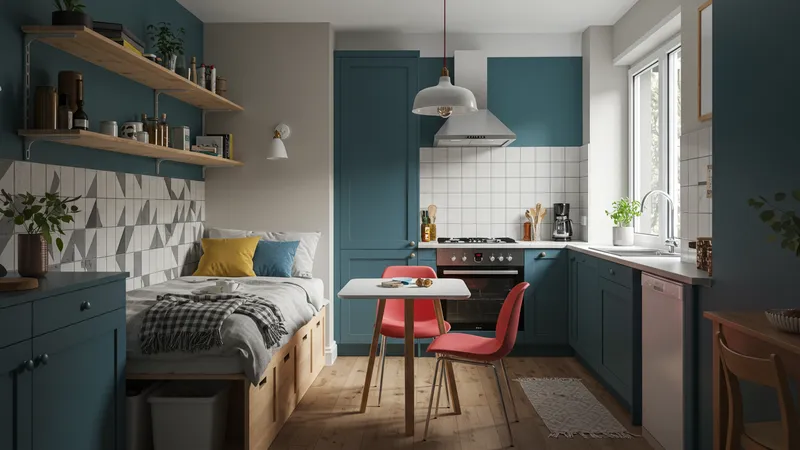
Bold interior styling is emerging through widespread use of painterly colour palettes and playful tile choices. Farrow & Ball’s vibrant hues, once reserved for period homes or designer showrooms, are now being seen from suburban semis to urban flats. Combining these rich tones with geometric splashbacks creates visually striking kitchens and living areas, reflecting a shift in the British appetite for interiors that champion both personality and practical maintenance.
Smart lighting has made profound impacts in UK home design. Products like Hive and Philips Hue allow for seamless adjustments in ambience and efficiency, controlled by app or voice—an innovation particularly popular among renters looking for portable, non-invasive tech upgrades. These features are easy for tenants to remove and reinstall with each move, ensuring style and practicality without compromising deposit returns or violating lease agreements.
The growing upcycling movement provides new style opportunities while honouring environmental intent. By turning to platforms like eBay for repurposed or refurbished furniture, UK households give new life to discarded timber or metal, curbing landfill waste. This fusion of conscience and creativity is evident in both luxury and modest homes, showing that sustainability blends naturally with imaginative home improvement.
Local craftsmanship remains a proud aspect of the UK’s DIY ethos, fuelling trends that champion both traditional methods and contemporary innovation. Bespoke joinery, often inspired by DIY guides and shared YouTube tutorials, has revived interest in making or restoring furniture from locally sourced woods. DIYers are turning to universal handsaws, planers, and classic tools for projects that combine heritage skills with up-to-date designs.
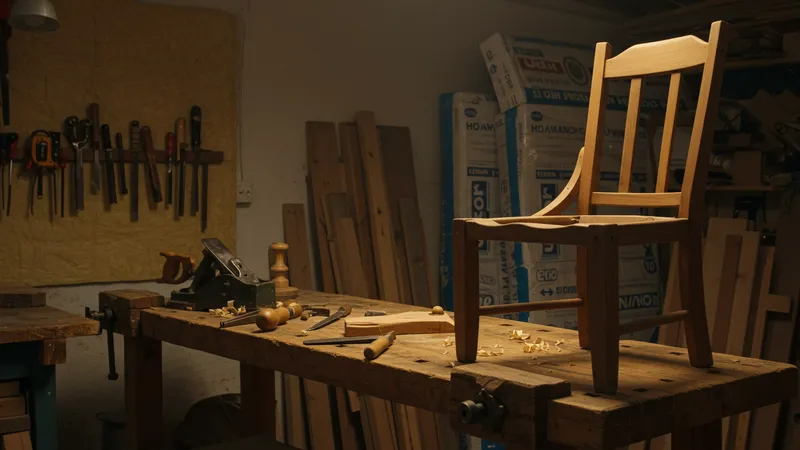
Thermal insulation kits signify a growing British emphasis on home energy efficiency. With mounting concerns over energy bills and the UK’s climate commitments, products aimed at reducing heat loss—such as wall insulation kits—are becoming commonplace upgrades. These practical investments often attract government support or local council rebates, making them an attractive, eco-friendly DIY project with potential for rapid payback in reduced heating costs.
Upcycling isn’t limited to professional artisans; it’s a practice woven through all levels of British society. School workshops and community centres frequently hold classes on furniture restoration and creative repair, encouraging all ages to participate. Sharing these skills supports intergenerational learning and a national effort to reduce waste while enhancing domestic environments with unique, storied pieces.
Environmentally responsible paint formulations, such as those offered by Farrow & Ball, now occupy a leading position in the UK market. These paints are lauded for their low-VOC ingredients and sustainable packaging, reflecting a growing awareness among UK consumers about the contents and origins of their home improvement materials. This trend is driving increased demand for both beautiful and environmentally mindful solutions.
The digital landscape has transformed the UK’s approach to creative DIY projects and home improvement. Homeowners and renters rely on online resources—including video tutorials, community forums, and product review sites—to discover, compare, and master new techniques. Platforms such as Instagram and Pinterest have become hubs for inspiration, with British users frequently sharing their own projects and solutions tailored to the quirks of local architecture.
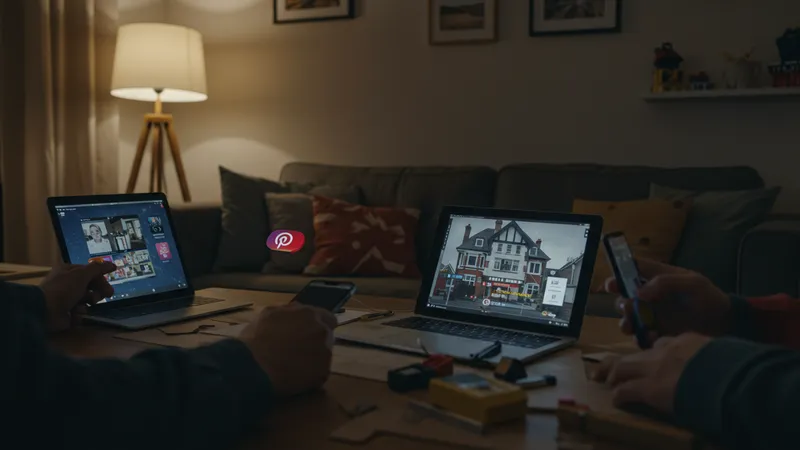
Apps linked to smart lighting or home automation have fostered new attitudes toward convenience and remote management. These digital innovations are particularly relevant in the UK, where fluctuating work patterns and unpredictable weather prompt greater demand for adaptable living environments. The ability to schedule or customise lighting scenes from a smartphone appeals across generations, and is often used in tandem with energy-saving upgrades like insulation kits.
Online marketplaces and peer-to-peer exchange have made access to quality, affordable materials easier than ever. UK-based upcyclers and makers use platforms like eBay and Gumtree to source unique items, old furniture, or remnants for bespoke builds. The result is a home improvement culture that’s inclusive, resourceful, and fuelled by collective wisdom, allowing individuals to boldly reinvent their living space without relying solely on traditional retail channels.
Looking ahead, the future of creative DIY and home improvement in the United Kingdom will likely involve even closer collaboration between digital communities, sustainable products, and innovative space management. As British homes continue to evolve in character, energy-efficiency, and innovation, the synergies between these trends promise to deliver ever more inspiring and adaptive environments for years to come.